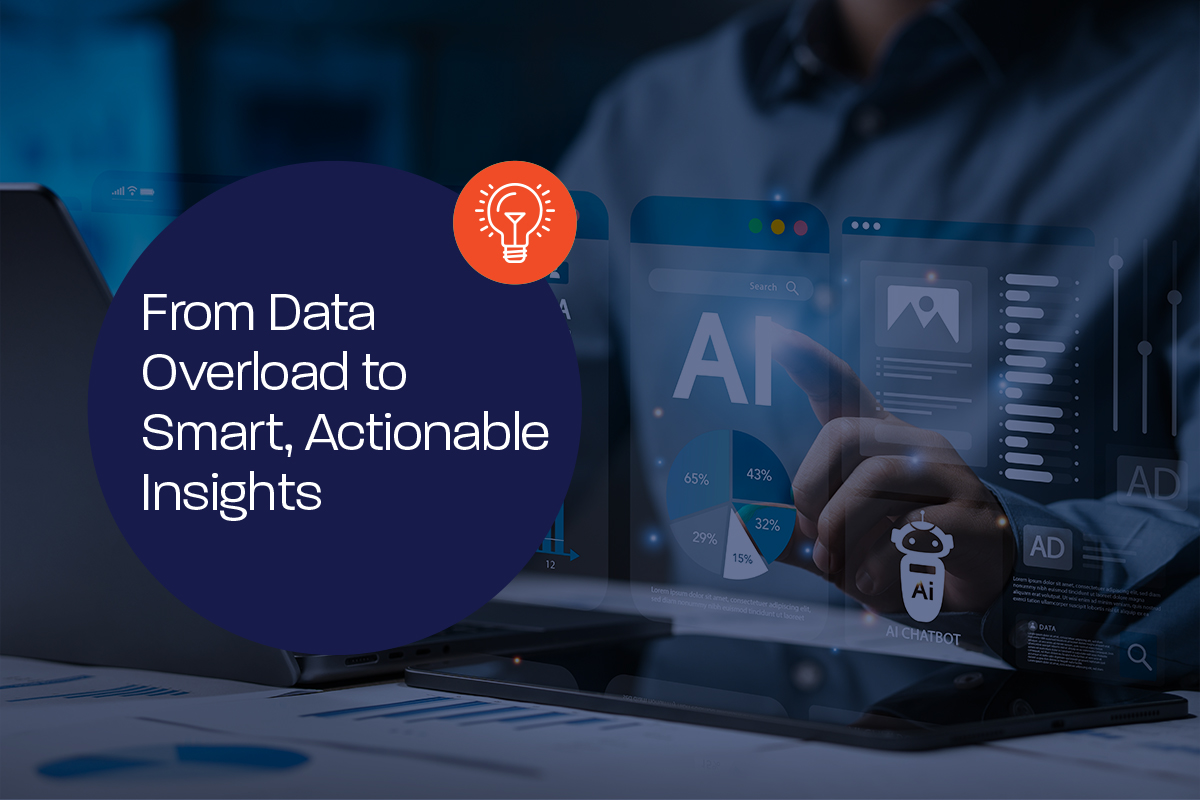Many life sciences companies are increasingly focused on sustainability in labs. According to an Agilent report, 82 percent of labs surveyed have adopted sustainability initiatives, with the top priorities focused on reducing water and energy consumption, decreasing their environmental footprint, and improving waste management techniques.
As awareness of environmental impact grows, organizations in the life sciences sector actively seek ways to make their lab operations more environmentally friendly while increasing productivity, lowering operating costs, and creating safer workplaces. Here are some key areas where IoT-powered solutions can help with sustainability efforts.
- Energy Efficiency: According to the Environmental Protection Agency (EPA), life sciences companies consume more energy per square foot than hospitals or commercial buildings, making it imperative for labs to invest in energy-efficient technologies to minimize consumption. There are several ways IoT can help with energy conservation. For example, lab managers and facilities teams can use privacy-centric, IoT-enabled occupancy sensors to inform when and how long someone is occupying lab space to help capture data on the utilization of energy-intensive equipment, such as HVAC units. Utilization data opens the opportunity to put conservation protocols in place, such as turning off biosafety cabinets and fume hoods to upholding air quality requirements necessary to ensure optimal research environments and running HVAC units only when necessary. These measures can substantially reduce unnecessary consumption and costs, especially for HVAC units, the largest consumer of energy in laboratories – accounting for 45% to 85% of the building’s total energy usage. IoT can also help reduce the amount of energy consumed by ultra-low temperature (ULT) freezers – which can each consume as much daily power as an average household – by reducing how frequently the doors are opened. Consider the following: without IoT-enabled asset tracking, a scientist searching for a particular sample may open several ULT freezers, keeping each door open for 60 seconds while they skim its contents. Whereas, with real-time asset tracking capabilities, the scientist can identify which freezer contains the sample needed and only open that freezer, and likely for a shorter period. By reducing the frequency and duration in which ULT freezer doors are opened, labs can decrease energy consumption rates and yield substantial savings.
- Water Conservation: Besides higher energy consumption, labs consume copious amounts of water for experiments, cleaning, and equipment maintenance. For example, autoclaves can use up to 60 gallons of water per cycle (up to 90 for autoclaves that are 10 years or older). And with cleanings recommended daily, that’s almost 22,000 gallons of water a year. While some water usage in labs is unavoidable for research and operations, an easy and impactful way labs can minimize water consumption is by implementing an IoT-backed leak detection solution. According to the EPA, water leaks can be the most significant source of water waste within a facility. With water leak detection in place, facility managers can monitor hard-to-reach or low-traffic areas such as utility closets or basements. These are typically areas where water leaks can quickly go unnoticed, leading to water waste, the potential for flooding, considerable damage to equipment and the facility, and compromise research-related records.
- Waste Reduction: Labs generate significant amounts of excess waste, and an IoT-enabled inventory tracking solution can help combat needless waste. For example, with real-time visibility, lab managers can ensure that chemicals, reagents, and equipment are managed, stored appropriately, and available for scientists’ use, reducing waste from unused or misplaced items. Consider the tremendous value and savings if researchers could find equipment and use chemicals and reagents before their expiration date while providing lab managers a simple way to manage consumables and reduce rampant reordering. Additionally, real-time location data ensures obsolete and decommissioned equipment can be found quickly so that lab managers can determine how to remove, recycle, or repurpose it, reducing the amount of equipment sent to landfills.
- Environmental Impacts: As labs continue implementing initiatives to reduce their carbon footprint, they are also leaning into practices that aid their partners in doing the same. For example, lab equipment needs routine maintenance and calibration. Depending on the equipment and its utilization rate, that schedule ranges from monthly to semiannually to ensure it’s working correctly and extends its lifecycle. With real-time asset location data, lab managers can alleviate the environmental impacts of unnecessary travel and onsite visits from service vendors who need to make return visits because lab equipment couldn’t be located during the initial appointment for repairs, maintenance, or removal of lab assets. Additionally, by combining asset tracking and occupancy data, lab managers can right-size equipment and service contracts and move to condition-based maintenance schedules from timed-based maintenance schedules.
Eco-Friendly Labs Begin with MachineQ Solutions
By integrating sustainable practices into lab operations, life sciences companies can reduce their environmental impact, promote a culture of sustainability, and contribute to an eco-friendlier future for the industry. MachineQ offers an integrated suite of end-to-end indoor asset tracking and facility wellness solutions to help with life sciences organizations’ lab sustainability initiatives. Contact us today to learn how you can power multiple IoT use cases, including energy monitoring, leak detection, temperature/humidity monitoring, and more, using the same connectivity platform to lower the cost of your IoT investment.







